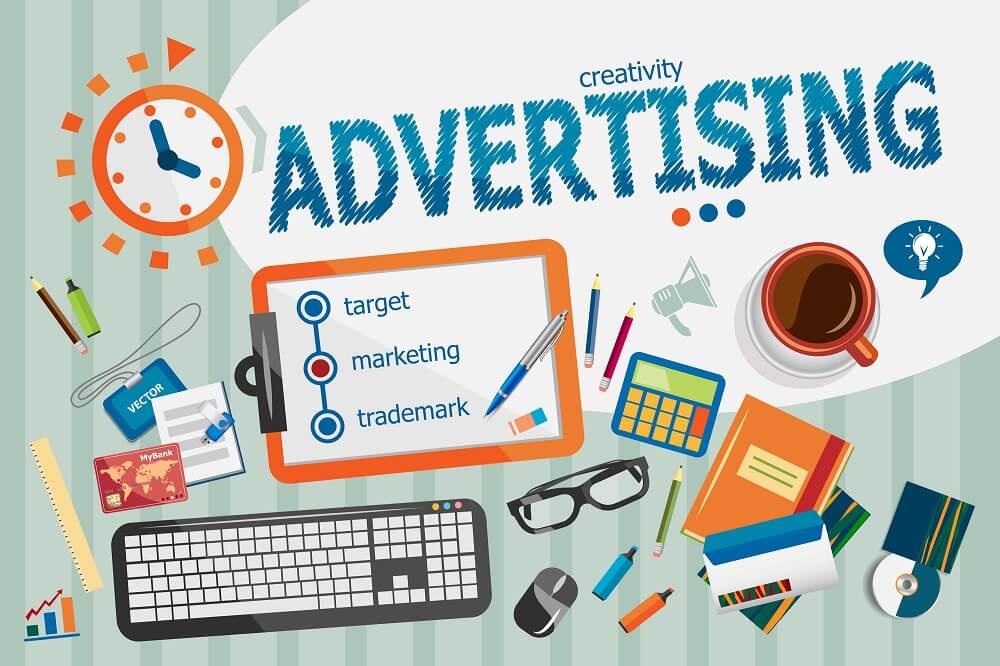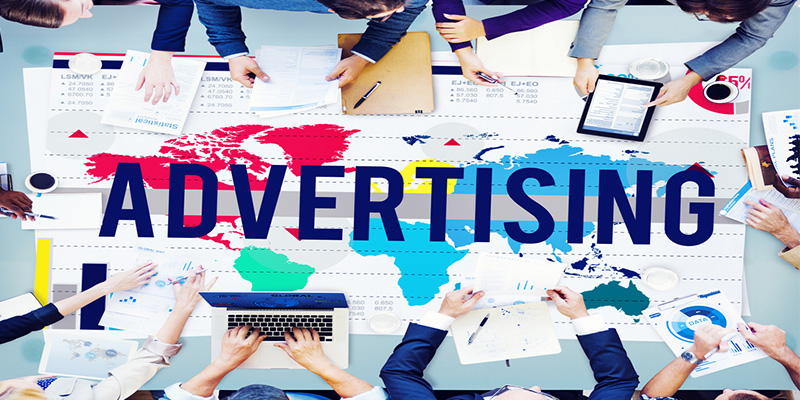In the world of marketing and sales, the concept of a sales funnel has emerged as a powerful tool for businesses to convert potential customers into loyal patrons.
A sales funnel represents the journey that a customer goes through, from initial awareness of a product or service to the final purchase.
Understanding and effectively implementing sales funnels can significantly boost conversion rates and drive business growth.
In this comprehensive guide, we will delve into the depths of sales funnels, exploring their key components, strategies, and best practices.
I. The Anatomy of a Sales Funnel
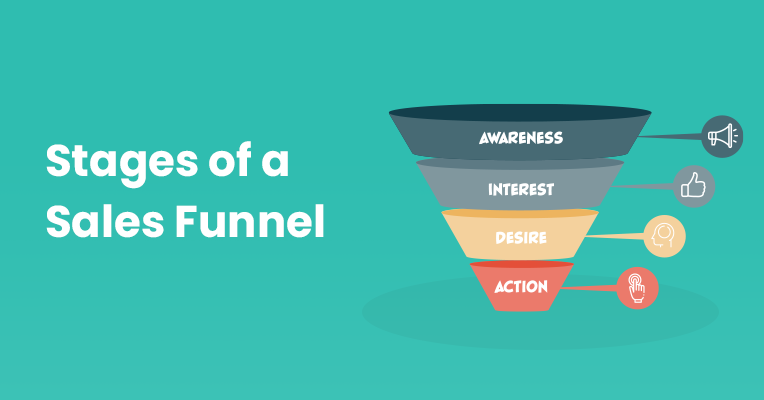
Awareness Stage:
a. Targeting the Right Audience: Identifying the target market and creating buyer personas.
b. Building Brand Awareness: Utilizing various marketing channels to reach potential customers.
Interest Stage:
a. Capturing Attention: Engaging prospects through compelling content, social media, and advertising.
b. Lead Generation: Employ lead magnets, such as ebooks, webinars, or free trials, to gather contact information.
c. Nurturing Leads: Implementing email marketing campaigns and personalized content to build trust and establish credibility.
Decision Stage:
a. Evaluation and Consideration: Providing detailed information about products or services, emphasizing benefits and unique selling propositions.
b. Customer Reviews and Testimonials: Sharing social proof to alleviate any concerns and increase confidence in the purchase decision.
c. Competitive Comparison: Highlighting key advantages over competitors to sway prospects towards your offering.
Action Stage:
a. Conversion Optimization: Streamlining the buying process, simplifying checkout, and removing any barriers to purchase.
b. Upselling and Cross-selling: Presenting additional products or services to maximize customer value.
c. Call-to-Action (CTA): Employing persuasive CTA buttons and using scarcity or urgency tactics to prompt immediate action.
Retention Stage:
a. Post-Purchase Support: Providing exceptional customer service to foster loyalty and satisfaction.
b. Customer Engagement: Encouraging customers to join loyalty programs, leave reviews, or refer others to the business.
c. Remarketing: Leveraging customer data to re-engage previous buyers through personalized offers and reminders.
II. Strategies for Effective Sales Funnels
Mapping the Customer Journey: Understanding the various touchpoints and interactions a customer has with the brand throughout the funnel.
Segmenting and Targeting: Tailoring messaging and offers based on customer demographics, behavior, or preferences.
Content Creation: Developing high-quality and relevant content to educate, entertain, and build trust with potential customers.
Marketing Automation: Utilizing tools and software to automate repetitive tasks, nurture leads, and track customer interactions.
A/B Testing: Experimenting with different elements of the sales funnel, such as headlines, CTAs, or pricing, to optimize conversions.
Analytics and Data Tracking: Using data to gain insights into customer behavior, identify bottlenecks, and refine the funnel accordingly.
Collaboration between Marketing and Sales Teams: Aligning efforts and communication between teams to ensure a seamless customer journey.
Continuous Optimization: Regularly reviewing and refining the sales funnel based on data, feedback, and changing market dynamics.
III. Best Practices for Sales Funnel Success
Personalization and Customization: Tailoring messages and offers to address individual customer needs and pain points.
Mobile Optimization: Ensuring a seamless experience across all devices, as mobile usage continues to rise.
Clear and Compelling Value Propositions: Communicating unique benefits and addressing customer objections effectively.
Social Proof: Leveraging testimonials, case studies, and reviews to instill trust and confidence in potential customers.
Continuous Testing and Iteration: Regularly testing and experimenting with different strategies, elements, and messaging within the sales funnel to optimize performance and conversions.
User-Friendly Website and Landing Pages: Designing intuitive, visually appealing, and easy-to-navigate web pages to enhance the user experience and encourage conversions.
Seamless Integration and Automation: Integrating different marketing and sales tools to streamline processes, automate tasks, and provide a cohesive customer experience.
Follow-Up and Lead Nurturing: Implementing a structured follow-up system to stay connected with leads, providing relevant content and offers to nurture them further down the funnel.
Customer-Centric Approach: Putting the customer’s needs and preferences at the forefront, understanding their pain points, and delivering personalized experiences throughout the funnel.
Aligning Sales and Marketing Efforts: Promoting collaboration and open communication between the sales and marketing teams to ensure a consistent message and seamless transition from marketing to sales.
IV. Common Challenges and How to Overcome Them
Low Conversion Rates: Analyze each stage of the funnel to identify potential bottlenecks, optimize landing pages, improve messaging, and experiment with different strategies.
Ineffective Lead Generation: Review lead generation tactics, refine targeting and messaging, optimize lead capture forms, and provide compelling incentives to attract high-quality leads.
Poor Lead Nurturing: Develop a robust lead nurturing strategy, implement automated email sequences, segment leads based on their behavior and preferences, and provide valuable content that addresses their specific needs.
Lack of Alignment between Sales and Marketing: Encourage regular meetings and collaboration between teams, define shared goals and metrics, and establish a feedback loop to ensure continuous improvement.
Insufficient Data and Analytics: Implement tracking mechanisms to capture relevant data throughout the funnel, utilize analytics tools to gain insights, and make data-driven decisions to optimize performance.
Types Of Sales Funnel
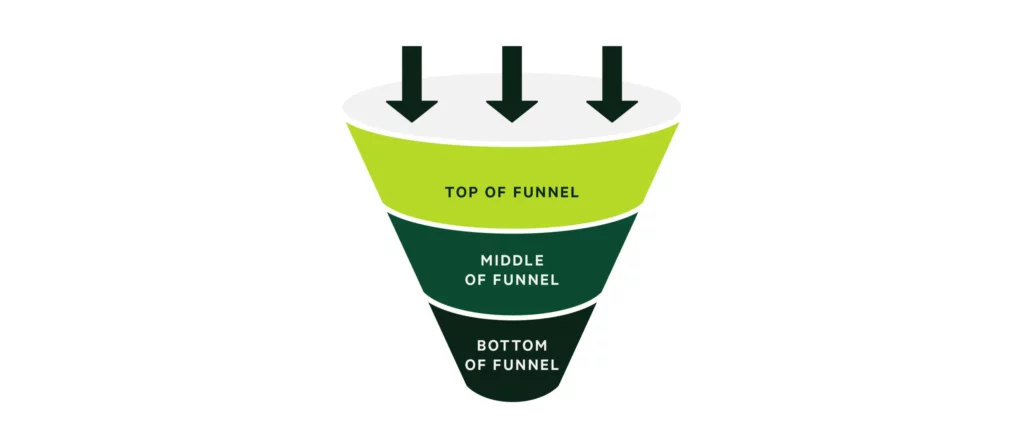
- Top of The Funnel
- Middle Of The Funnel
- Bottom of The Funnel
What Is Top Of The Funnel Marketing?
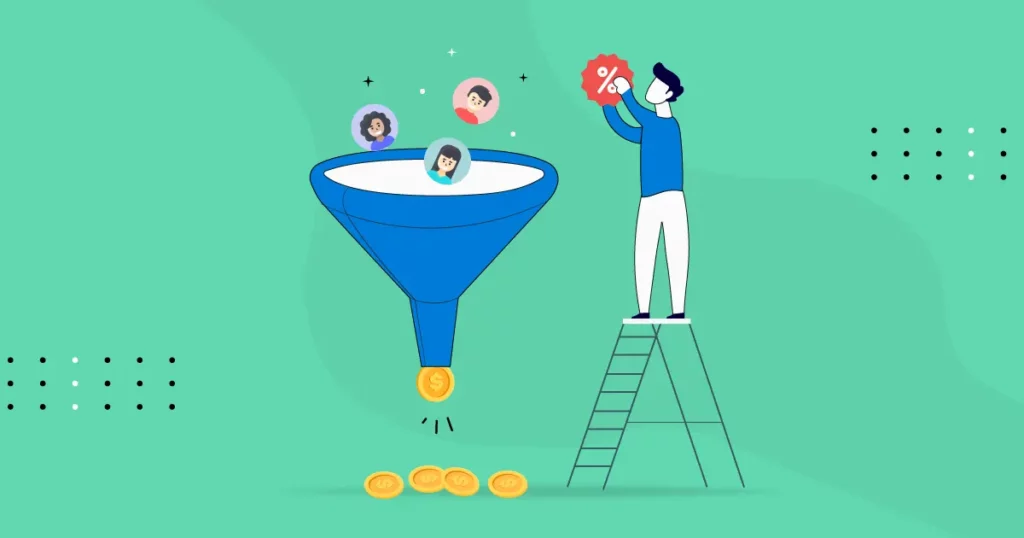
Think about the last time you bought a product or service, or were interested in doing so. Did you hit “checkout”?
Did you leave something in your cart and come back later? Did you browse and exit the page?
Whatever the outcome of your journey was, you (perhaps unknowingly) participated in a marketing funnel, a process used to help those considering a purchase.
The marketing funnel is made up of 3 key parts: top, middle, and bottom. The marketing funnel starts with as many leads as possible and ends with a few, qualified ones that make it to the finish line.
But the buying journey isn’t always linear. Before the end goal (whatever it may be) can be achieved, marketers must first commit time, energy, and resources to the top of the marketing funnel.
(I think we need more detail here)… “Before the end goal (whatever it may be) can be achieved, the top of the funnel must be wide enough that qualified leads come out at the bottom.
That means marketers must first commit time, energy, and resources to the top of the marketing funnel.”
So…What exactly is Top of the funnel marketing?
First thing’s first: Top of the funnel marketing refers to the first stage of the buyer’s journey.
This is the part where you’re trying to make a good first impression on people who have never heard of you before.
Think of it like a blind, first date. Even though your date has never met you, you can show your personality, crack a few jokes, and prove you’re worth going on a second date with.
The key to top of the funnel marketing is not all that far from the very thing some people lack at dinner parties, foreign countries, or in a crowded subway cart: awareness.
It all comes down to awareness. The top of the funnel is the best time to focus on letting your audience know who you are and how your offerings fit in with their needs.
This is not the best time to try to make a sale. Even if you have the best, most innovative product in the world, no one will be interested in buying it without knowing anything about it.
But in order for leads to get to know you and your offering, you’ll need a way of talking to them. Start by collecting emails or phone numbers to get in touch with your leads.
From there, you can begin to engage with and nurture them to hopefully move them further down the funnel. You can do this in a few ways, including:
- Publishing blog posts and informational guides that explain what you do and what you offer.
- Exchanging a gated resource, like a whitepaper or video, for an email address.
- Placing catchy, attention-grabbing CTA buttons on pages that lead to more sales-focused landing pages.
Above all else, remember to keep your content visual (a picture’s worth a thousand words), engaging, and concise to keep leads from bouncing.
Have you ever had a waiter show up with a 4-course meal when all you ordered was some spinach and artichoke dip?…Exactly. Keep things short, sweet, and to the point.
What is Bottom Funnel Marketing?
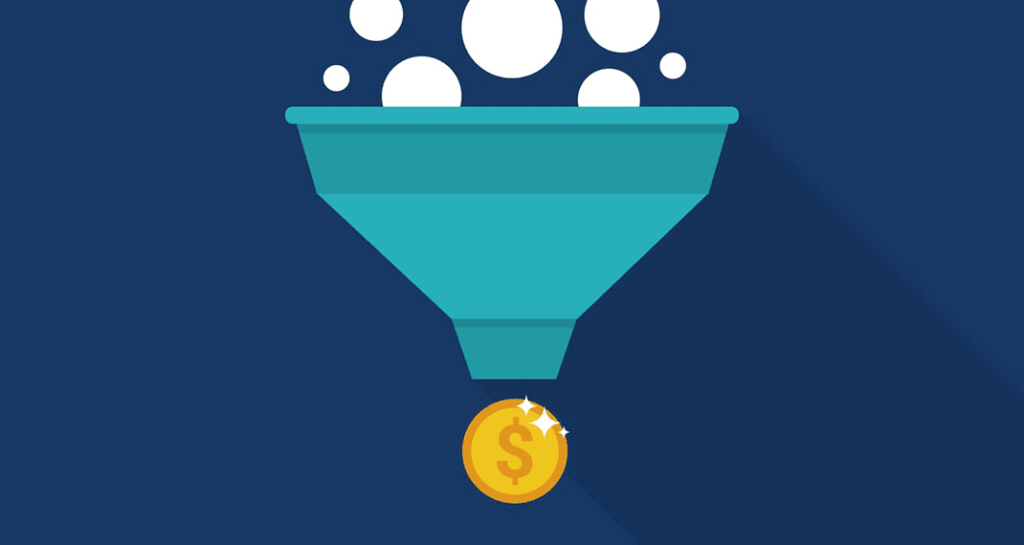
In a nutshell, the bottom funnel is where you convert your leads into paying customers; the spot conversions occur.
The conversions that happen at the bottom of the funnel are a two-part process. Leads are stagnant here, still comparing alternatives and weighing their options.
This is when you have to be very intentional with your messaging to give them that final push that would cause the conversion to happen.
Here B2B leads would need to speak with a sales representative, while B2C leads may never need any support to complete a purchase.
The bottom of the funnel basically is where you;
- Foster the decision-making process
- Convince leads your product or offer is their best choice.
The number of leads you have at this marketing funnel stage is much smaller and is a more qualified fit to become paying customers.
As you’ve taken your leads through the earlier stages of awareness, interest, and desire, you’ve cultivated their zeal and trust.
During the next stage, these potential buyers will check, intend, and take the Action every business owner craves – purchase.
Let’s now examine what a good bottom funnel marketing looks like, and then we’ll explore why a good bottom funnel matters to any business.
Conclusion
Mastering the art of sales funnels is essential for any business looking to maximize conversions and achieve sustainable growth.
By understanding the anatomy of a sales funnel, employing effective strategies, and following best practices, businesses can create a well-structured and optimized customer journey that leads to higher conversion rates, increased customer loyalty, and improved revenue.
It is crucial to continuously analyze, test, and refine the sales funnel to adapt to changing customer behaviors and market dynamics, ensuring long-term success in the competitive business landscape.



